In 2022, we have more than ten 24mm prime lenses available for Sony full-frame E-mount cameras. The Zeiss Batis 25mm F2 and Sony 24mm GM F1.4 are currently the two most expensive options in the market, where the Batis costs $1200 and the GM costs $1400.
Is there any benefit to upgrading your current Zeiss Batis 25mm F2 to Sony 24mm GM F1.4? Or should you spend $200 more on the GM for your only 24mm fast prime? Let’s check it out!
The comparison video between the Sony 24mm GM F1.4 and Zeiss Batis 25mm F2 review is also available on my YouTube channel here. Besides, you may watch it below directly (which requires you to accept the cookies) before carrying on reading the written review.
Zeiss introduced the Batis 25mm F2 in 2005 (visit Zeiss official website here), while Sony introduced the 24mm GM F1.4 in 2018 (visit Sony official website here). Both the lenses aim to give the best optical and autofocus performance, with robust weather sealing yet shrinking the weight and size.
Key Specification
Zeiss Batis 25 mm F2 FE
- Length in 78 mm / 3.1″ (exclude the lens hood)
- Weigh 335g / 11.82oz (exclude lens hood and lens cap)
- Maximum diameter 81mm / 3.2″
- 67 mm filter thread
- F2 to F22
- 10 elements in 8 groups
- 9 aperture blades
- Minimum focus distance 20cm / 0.66ft
- Magnification ratio 0.19x
Sony 24mm GM F1.4 FE
- Length in 92.4 mm / 3.75″ (exclude the lens hood)
- Weigh 445g / 15.7oz (exclude lens hood and lens cap)
- Maximum diameter 75.4mm / 3″
- 67 mm filter thread
- F1.4 to F16
- 13 elements in 10 groups
- 11 aperture blades
- Minimum focus distance 24cm / 0.79ft
- Magnification ratio 0.17x
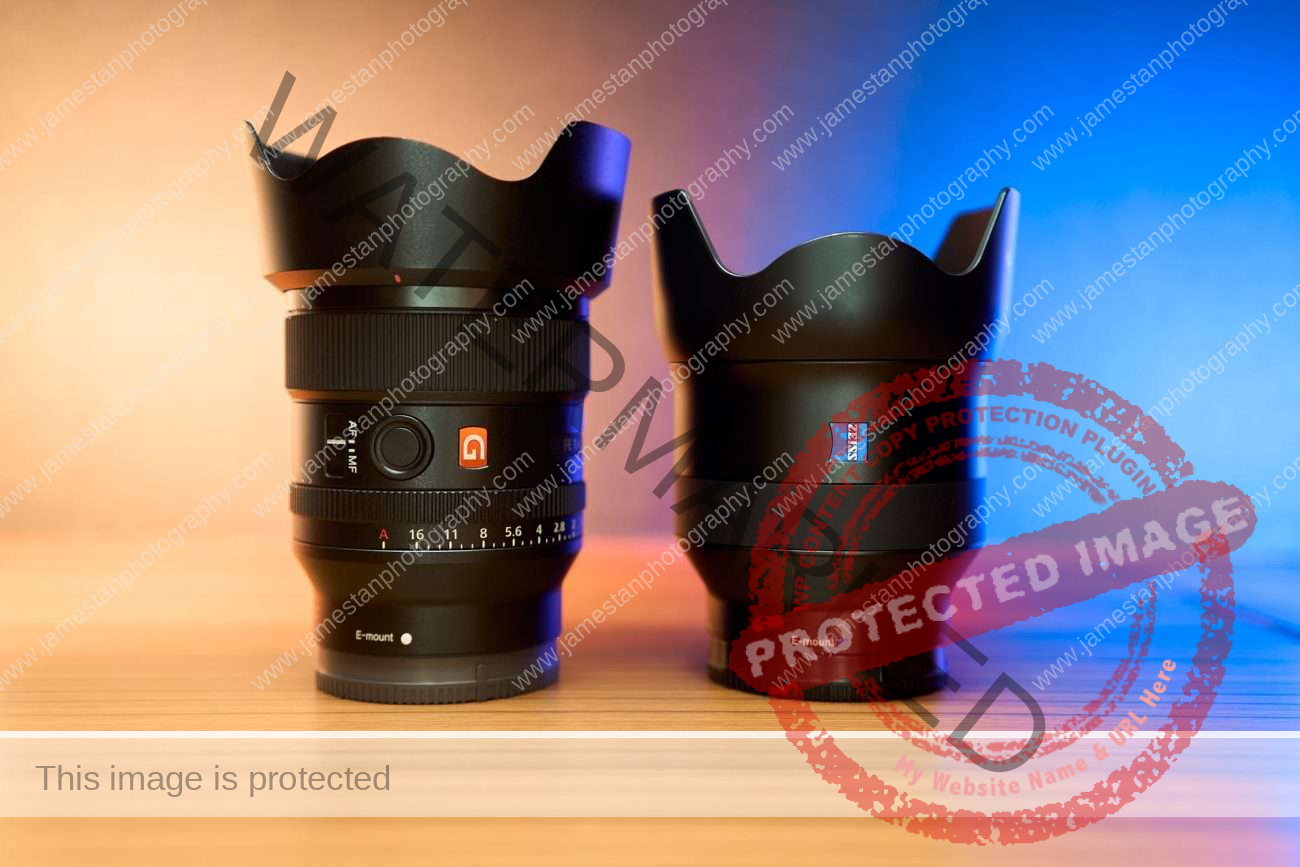
Pros & Cons
Zeiss Batis 25 mm F2 FE
- compact and lightweight
- good corner-to-corner sharpness from F2 to F11
- great chromatic aberration control
- short minimum focus distance
- silent and accurate AF
- weird purple or green flare when direct shooting towards the sun
- heavy vignetting across all apertures
- lack of on-lens controls
Sony 24mm GM F1.4 FE
- compact and lightweight
- excellent corner-to-corner sharpness from F1.4 to F11
- great chromatic aberration control
- silent and accurate AF
- convenient on-lens controls
- buttery smooth and creamy Bokeh
- mediocre 0.17x magnification
- loud aperture open & close sound during focusing
Body and Design
The Zeiss Batis 25mm has a minimalistic curve design. It has only one focus ring and one OLED screen, with no button at all. In contrast, the Sony 24mm GM has a sleek straight-line design with tons of controls like the custom hold button, an AF/MF switch, a clickable aperture switch, a focus ring, and an aperture ring.


The other on-lens controls are handy, but you could also assign the same functions to the Sony camera customizable buttons. Out of these controls, only the clickable aperture switch is irreplaceable. Basically, this switch is a video-specific control that gives you a smoother and silent aperture change. You may ignore it if you mainly shoot still photos.

The Batis 25mm is around 100g lighter and 14mm shorter than the 24mm GM. They have the same 67mm filter thread size, but the Batis has a larger lens diameter than the GM.

Both lenses are compact and lightweight in their class and balance nicely on the Sony FF cameras.

Dust and Moisture Resistance
The blue gasket on the lens mount has a similar or identical thickness as the Sony 24mm GM, which has the best quality sealing among the Sony lenses. Therefore, I believe that Batis 25mm could withstand a reasonable amount of dust and water spray.

Optical Performance
Both of them are sharp, from corner to corner. When comparing the wide-open apertures at F1.4 and F2, the Sony 24mm GM has a marginally better center sharpness, and its corner sharpness outperforms the Zeiss Batis 25mm by almost 1-stop.
The center and corner sharpness between Sony GM and Zeiss Batis from F2.8 to F8 are excellent and comparable. It is hard to differentiate them, even when comparing them side by side. Close down to F11 and F16, the Sony GM is slightly sharper than the Zeiss Batis.
Sharpness
Center












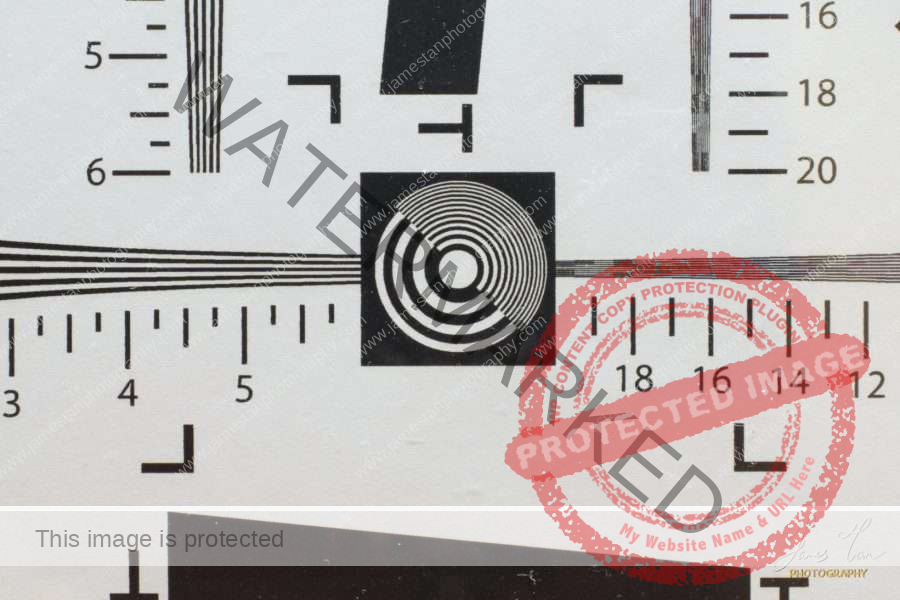
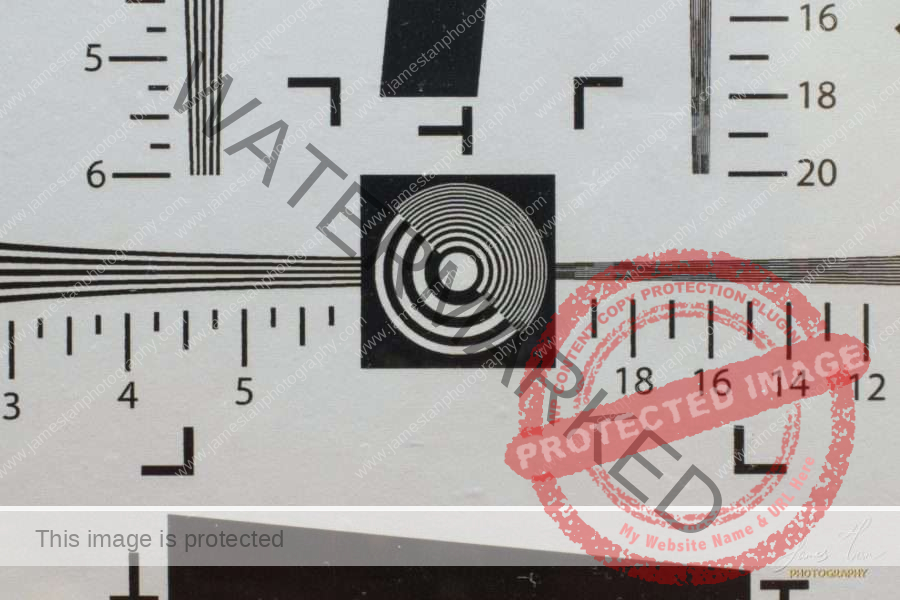


Corner



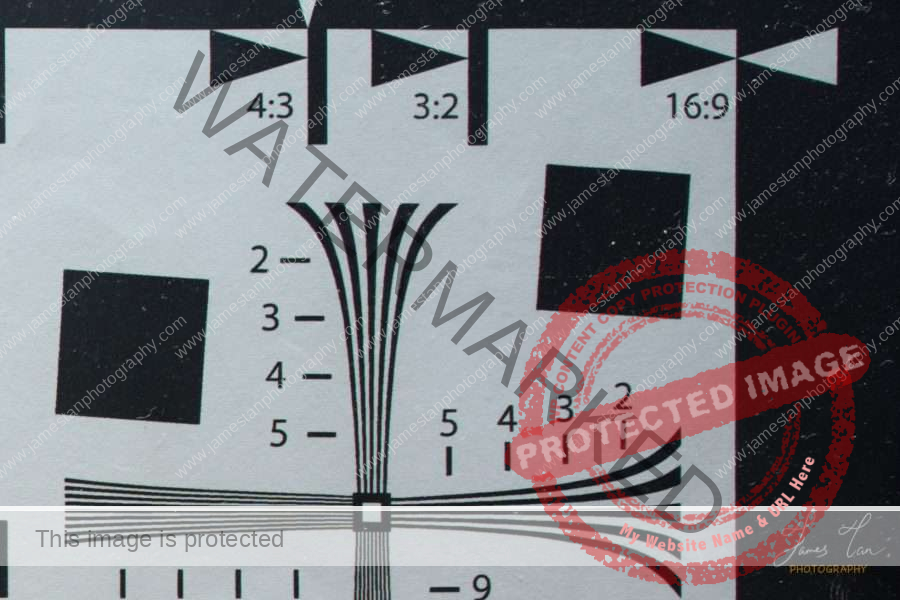
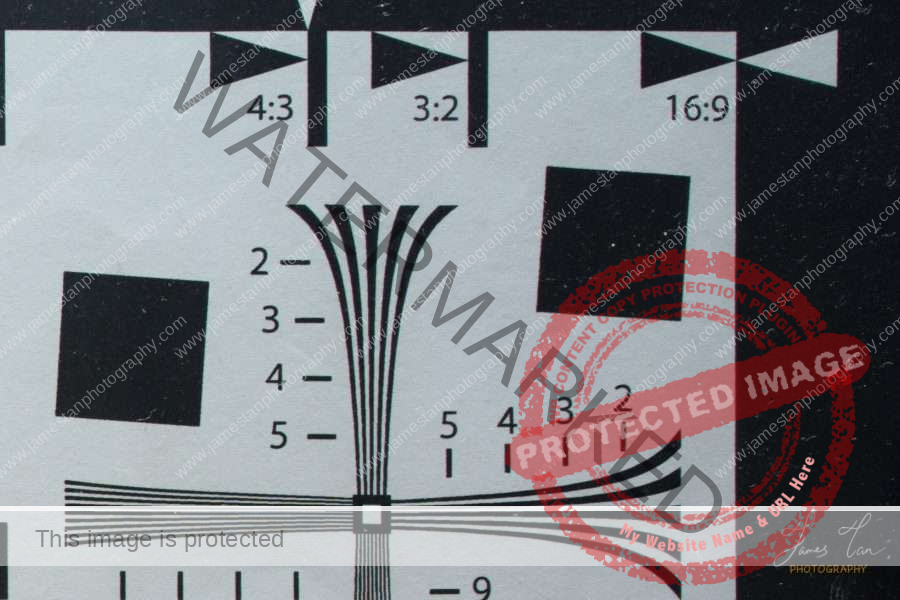

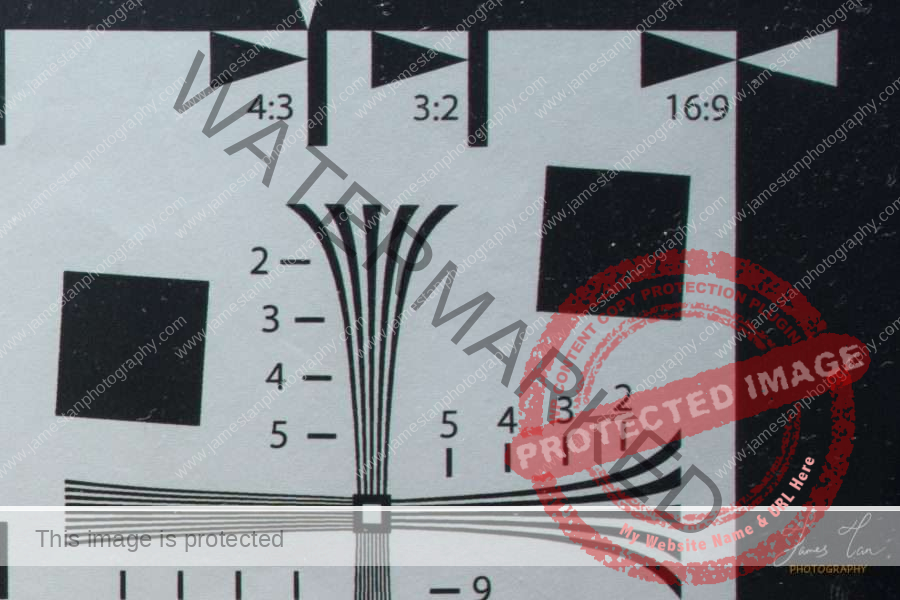





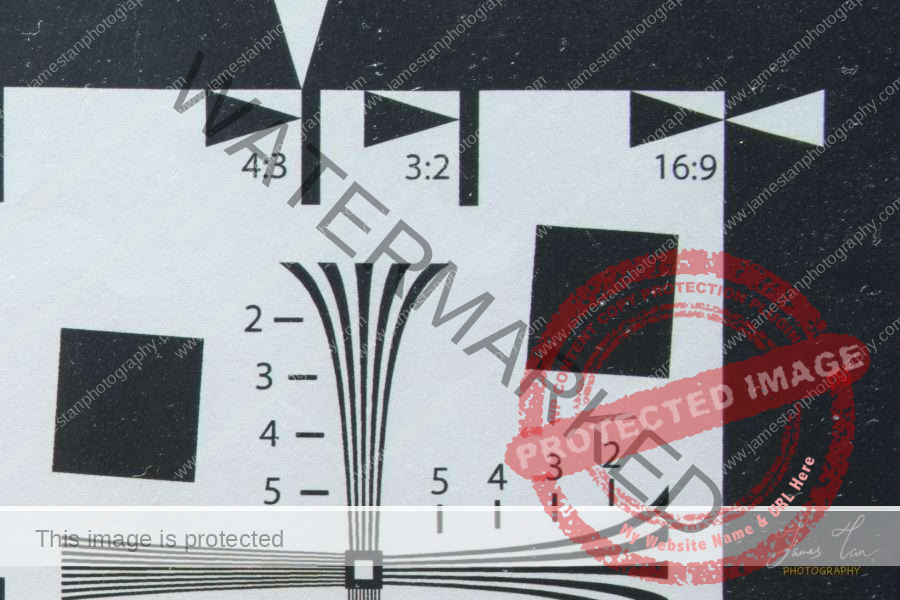
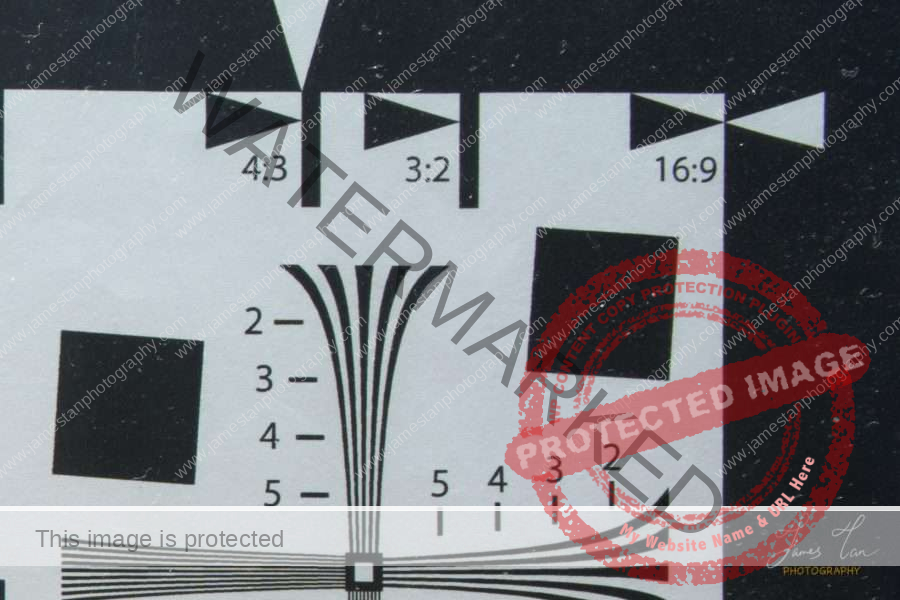


Chromatic Aberration
The chromatic aberration is well-handled by both lenses.
Longitudinal CA
For the longitudinal chromatic aberration, the GM lens shows a blue and forest green color in its out-of-focus area, while the Batis lens shows red and teal color. Stop down about 3 stops would eliminate the longitudinal chromatic aberration in both lenses.







Lateral CA
When examining the corners for the lateral chromatic aberration, we see that the GM lens shows a magenta color in the high-contrast edges. In contrast, the Batis lens exhibits a magenta and purple color.
















Distortion
Zeiss Batis 25mm shows a simple barrel distortion while Sony 24mm GM shows a simple pincushion distortion. None of them has any serious issue with the distortion.
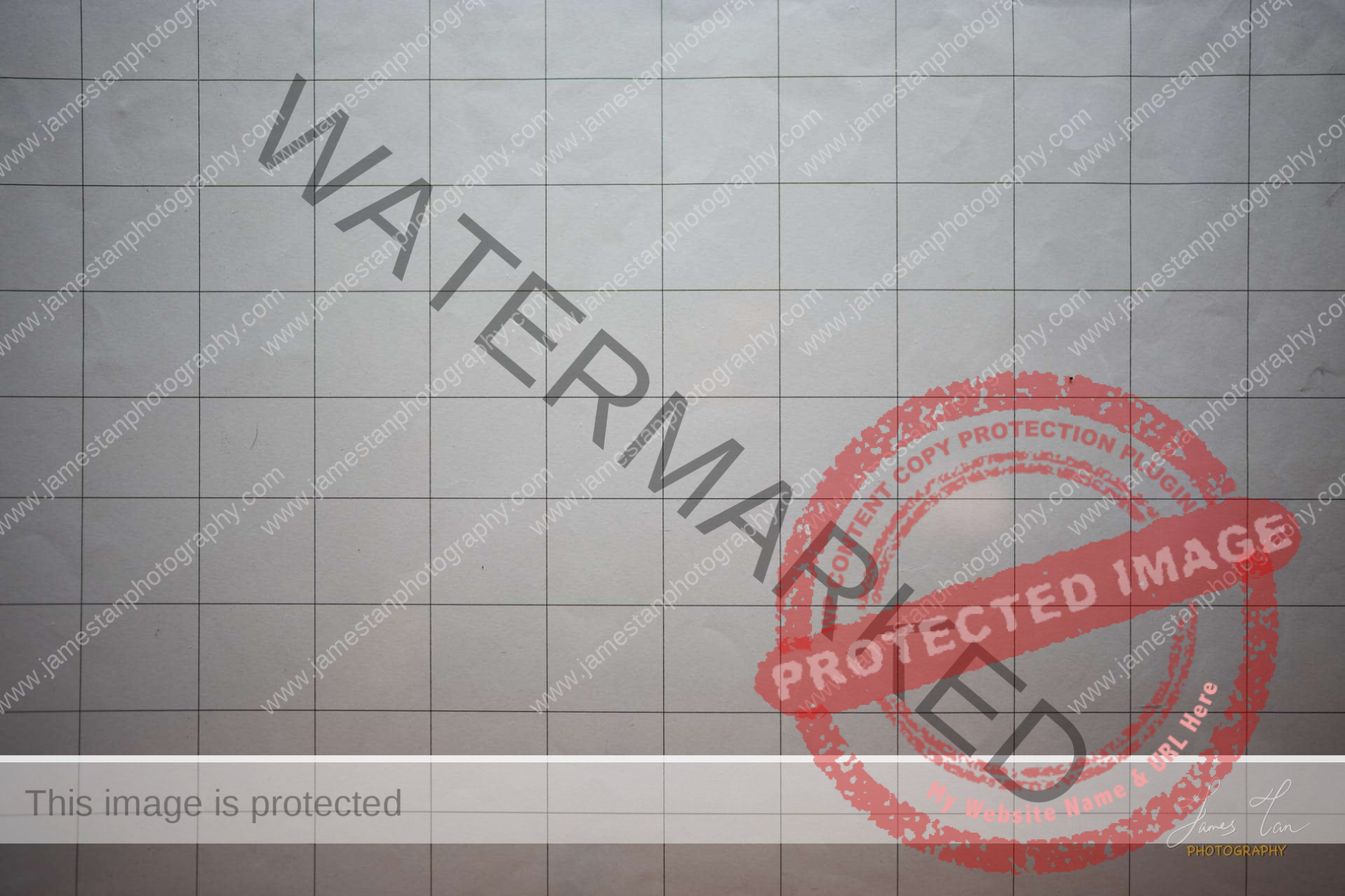

Sony 24mm GM F1.4 Pincushion Distortion


Zeiss Batis 25mm F2 Barrel Distortion
Vignetting
Vignetting is the weakest point on the Batis 25mm. The uncorrected RAW of Batis 25mm is significantly darker in the corners than the 24mm GM. Luckily, the Sony camera will apply the shading compensation to the RAW and JPEG; thus, vignetting is not a concern here. Of course, you can further correct it in post-processing.
















Flare Control
Both lenses have a reasonable flare control, but the GM has the edge here. The Zeiss Batis has a saturated purple and bright green flaring when shooting directly towards the sun, while the Sony GM keeps the flaring faded and less saturated.


Bokeh
Zeiss lenses are famous for the micro-contrast and the magical 3D pop effect when shooting at a close-up distance with a wide-open aperture. Does it mean that the Zeiss Batis 25mm will outshine the Sony 24mm GM here? You may take out your pen and notes or whatever note-taking device to guess which lens took the following samples. All of them are straight-out-of-camera JPEG files without any post-editing.
















The shots taken by Sony 24mm GM F1.4 are 1A, 2A, 3B, 4A, 5B, 6A, 7A, and 8A. So, have you guessed them correctly? Do you see any significant difference in the 3D pop effect or micro-contrast? Well, I couldn’t differentiate them by the 3D pop effect or micro-contrast. Instead, the Bokeh balls difference is more prominent.
Bokeh Test Shots Comparison
Let’s have some staged test shots for the Bokeh. Both lenses have a beautiful circular Bokeh in the center. The 24mm GM has a lemon-shaped corner Bokeh at F1.4, but the corner Bokeh becomes perfect circular when stopping down the aperture to F2, F2.8, and even F4.




That’s not the case for the Batis 25mm. The Bokeh remains circular only at F2. When stopping down to F2.8, we could see the nine-sided polygon-shaped Bokeh in both the center and corners. It seems like the Sony GM 11 aperture blades are more effective than the Zeiss Batis 9 aperture blades in maintaining a circular Bokeh.



Take a closer look at the Bokeh taken at the widest aperture. The Sony 24mm GM has a near-perfect smooth Bokeh, while the Zeiss Batis 25mm has a fair bit of onion ring texture. The Sony 24mm GM blows away the Zeiss Batis 25mm in the Bokeh rendering. The GM Bokeh is totally in another league regardless of the shape or the smoothness.


Sunstars Effect
Besides Bokeh, both lenses can produce a beautiful sun-star effect. The different number of aperture blades result in an 18-spikes sun-star from the Batis and a 22-spikes sun-star from the GM.




Macro/Close Up
The Batis 25mm has a shorter minimum focus distance at 20cm and a larger 0.19 times magnification. The GM 24mm has MFD at 24cm and 0.17 times magnification. The shorter MFD and the larger magnification are handy when you want to have a close-up shot. I’m surprised that the newer 24mm GM does not offer a larger magnification.


Kudos to the Zeiss Batis 25mm here.
AF Performance
Undoubtedly, Sony 24mm GM is the top of the Sony lenses and has the best autofocus support on Sony cameras. However, the Zeiss Batis 25mm does not shy in the comparison.
I tested both lenses on the Sony A7 MK IV for the autofocus comparison and recorded the focus indicator directly from the Sony Image Edge application on the phone. You may watch the AF testing on my YouTube comparison here in order to have a more comprehensive experience. The recording is laggy due to the wireless connection between the camera and the phone.
Continuous-AF
Both lenses have a snappy autofocus performance and support the Eye-AF in photo and video shooting. Firstly, I focus on two lenses to and forth. The focusing points snap onto the lens swiftly and accurately in photo mode. However, I notice that the Batis 25mm has a focus hunt in video shooting.


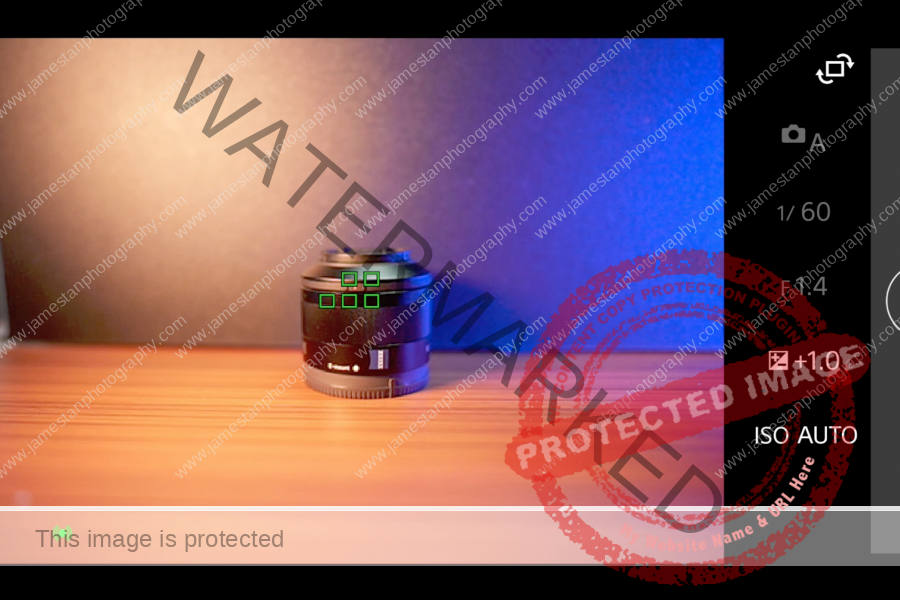

Eye-AF
Next, I get Tifa as my model for the Eye-AF test. I switched the focus between the left and the right eye in photo mode. Both lenses have no issue tracking the eye accurately.


I did a similar Eye-AF test in video mode. I switched the focus between the left and right eye and moved the camera to the left, right, front, and backward to determine how well the lenses could keep up with the Eye-AF.
Both the lenses constantly track the eye from the focus indicator. If you watch my YouTube AF test video, you might realize that the GM lost its focus for a moment as it was too close to Tifa (That’s my fault, not the lens). The 24mm GM and Batis 25mm accurately track Tifa’s eyes in video shooting without issue.
Overall, the 24mm GM and Batis 25mm autofocus performance is silent, accurate, and rarely has a focus hunt. Yes, both of the lenses do hunt occasionally. You can clearly feel the 24mm GM is having a focus hunt due to the more powerful focus motor. In contrast, the Batis 25mm focus hunt is less noticeable in your hands.
Focus Breathing
Focus breathing exists and is hard to be ignored on both lenses.




Batis 25mm Focus FrontWell, Sony 24mm GM supports the Sony A7 MK IV breathing compensation but at the expense of minor cropping. However, this feature is only applicable to a selected range of Sony lenses. None of the third-party lens is supported.
Sample Shots
Before concluding the comparison of the Sony 24mm GM and Zeiss Batis 25mm, let’s have some real-life sample shots comparison. They are taken on the Sony A7 MK III and Sony A7C with the same settings and straight-out-of-camera JPEG. Both the cameras use the same 24MP sensor. Thus, they shall have the same image quality.










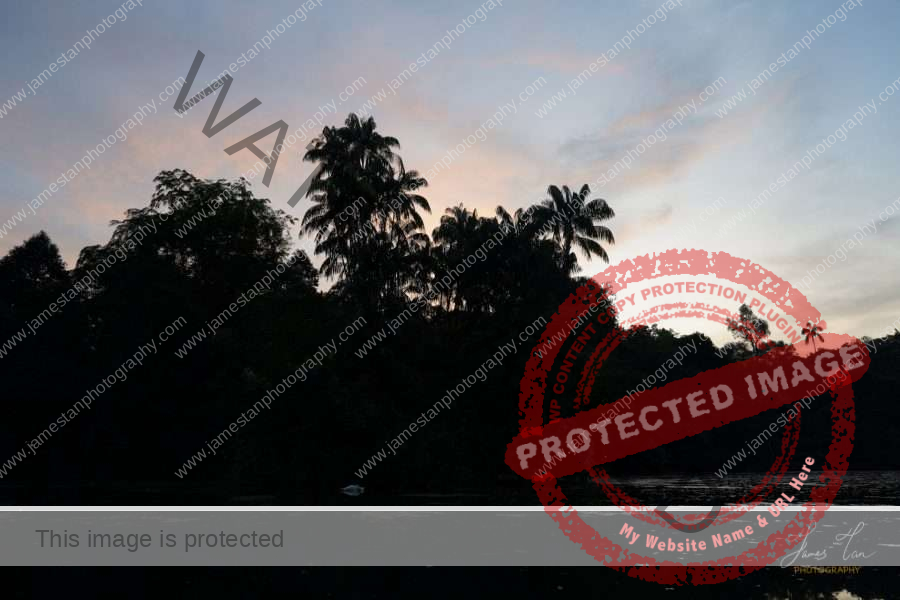
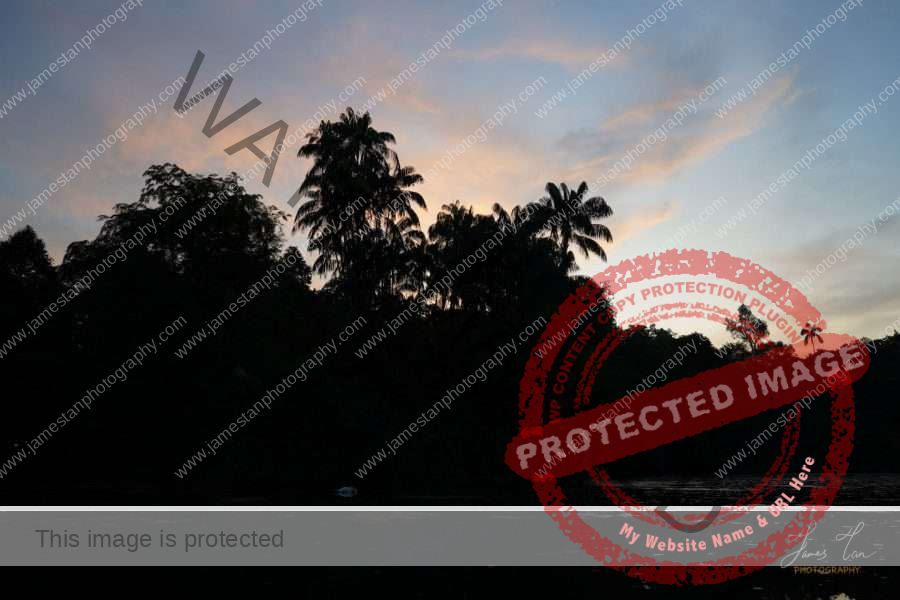


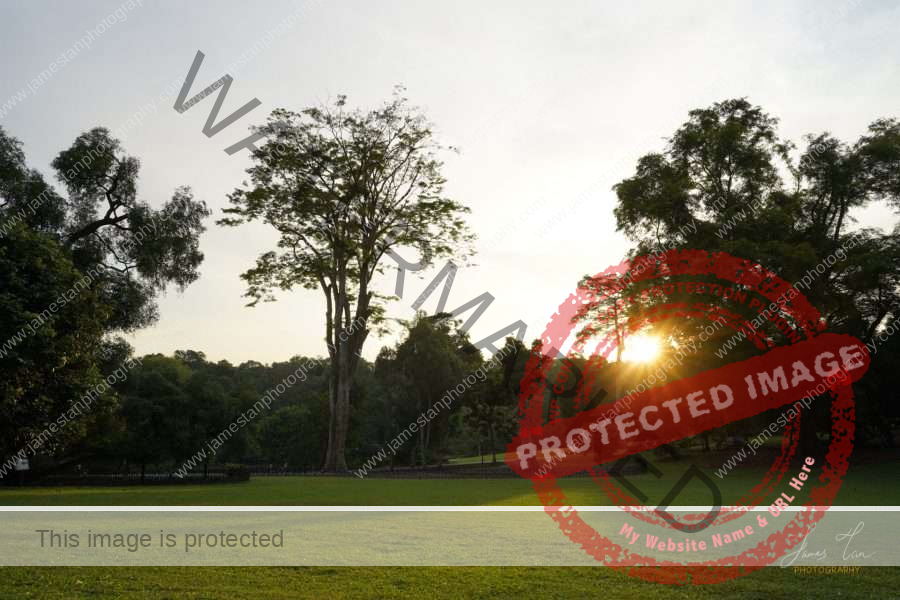



Bottom Line
The Sony 24mm GM and Zeiss Batis 25mm are the top-quality wide-angle lenses for Sony cameras. They have comparable sharpness, autofocus performance, good weather sealing, and compact size. The Sony 24mm GM is a $1400 lens, which costs an extra $200 over the Zeiss Batis 25mm. However, the GM gives you more convenient on-lens controls, a brighter F1.4 aperture, an aperture de-click option for video shooters, and a near-perfect smooth Bokeh.
On the other side, the Zeiss Batis 25mm is a lighter and cheaper option, with a shorter minimum focus distance and comparable optical performance. You may read my Zeiss Batis 25mm review here.
Here is my recommendation.
Currently, if you own the Zeiss Batis 25mm and mainly take landscape or cityscape photos at F5.6, F8, or even F11, you might not benefit from upgrading the Zeiss Batis to the Sony GM. The image quality is indistinguishable from the Sony 24mm GM at the smaller apertures.
If you are willing to spend a thousand dollars for your first 24mm fast prime in 2022, you should consider the Sony 24mm GM. It has a solid build with tons of on-lens controls, compact, lightweight, and has excellent optical and fantastic autofocus performance.
So, when should you get the Zeiss Batis 25mm? Well, if you like the little blue Zeiss badge a lot and you could get it at a great discounted price, then go ahead. Otherwise, the Sony 24mm GM is a better premium option, and Sigma and Samyang also offer a cheaper option for the compact 24mm fast prime.
Are you looking for one of the Sony 24mm lenses or using any of them? Are you happy with it, or do you feel like upgrading it soon? Feel free to leave your comment below. That’s all for the Sony 24mm GM and Zeiss Batis 25mm comparison. See you in the forthcoming review! Peace!
Is This Post Helpful To You?
I started this site with the intention of sharing my learning and working experience in photography. It takes significant time and cost to pick up and learn a new gear/technique, and then draft a post to share with everyone. The effort is worthwhile if it helps you and others save unnecessary time and money. I would be glad if you benefit from my content, and you may leave a one-off tip to keep this site running.
Besides, you may support this site by making your purchase through the affiliated links below. The product price is the same when you use the affiliate link, but a qualified purchase earns me a small commission. As an Amazon Associate I earn from qualifying purchases.
- Coiro Dual-Camera Harness – Coiro Official Site
- Imagely WordPress Theme – Protography Theme
- NextGen Gallery Pro – WordPress Gallery Plugin


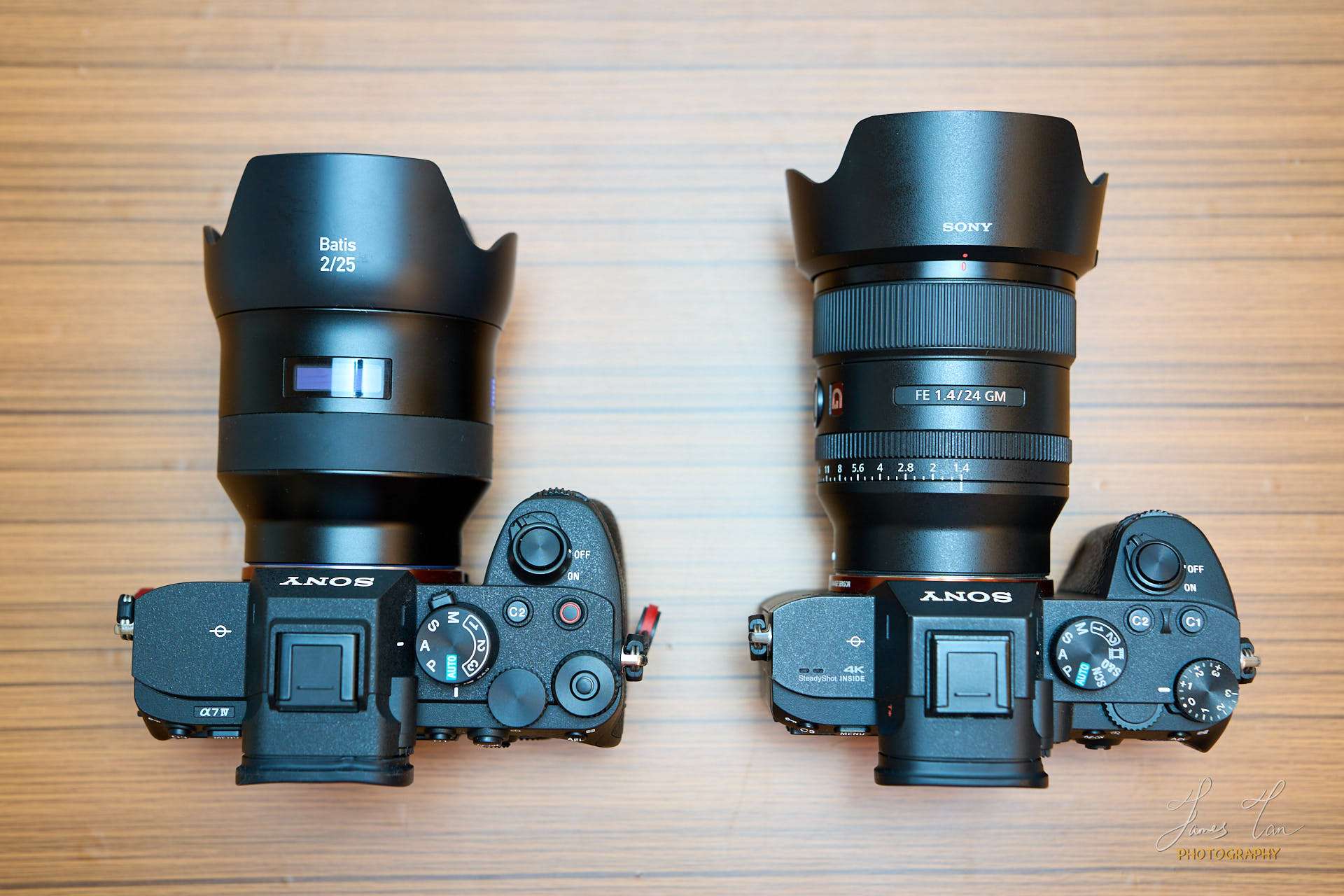
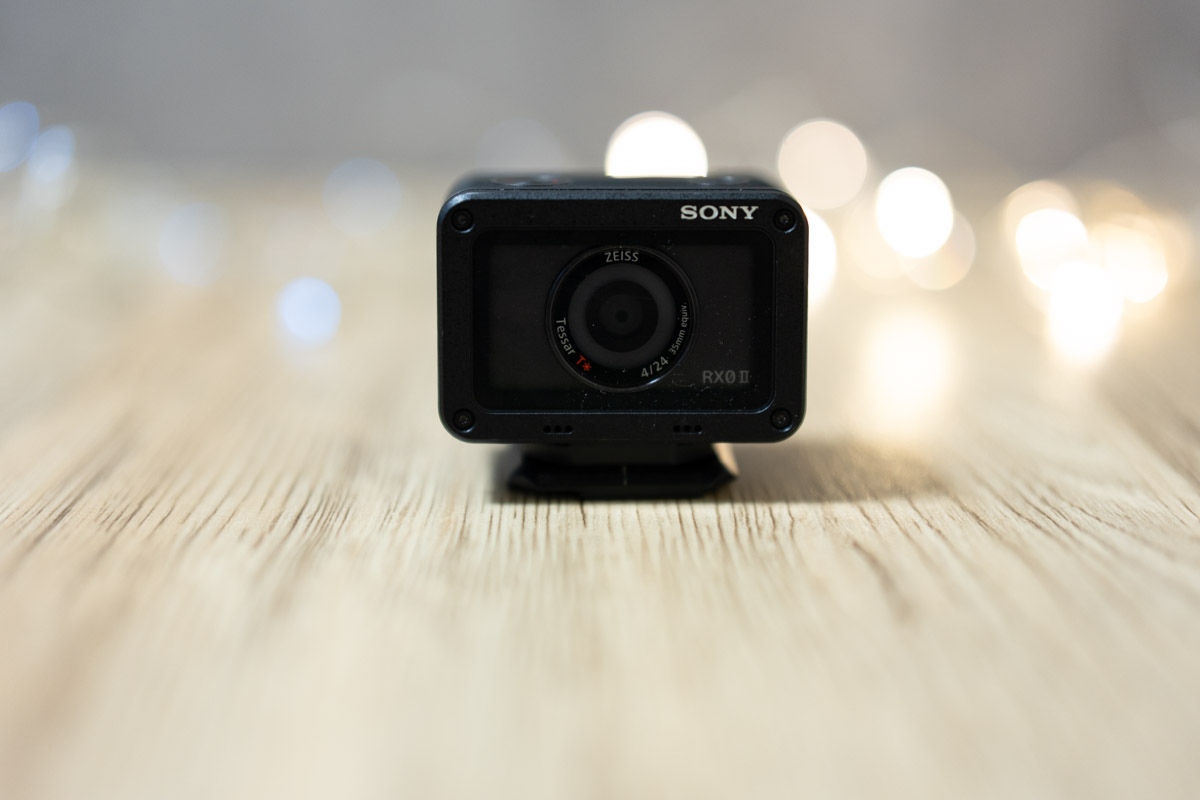
Leave a Reply